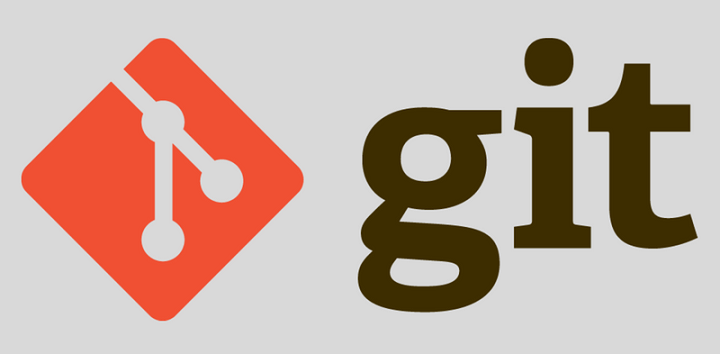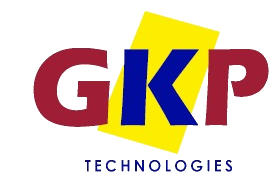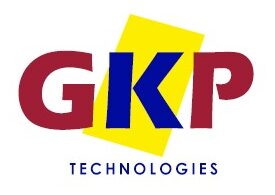
- Instructor: GKP
- Students: 1
- Duration: 12 hours
Categories: Technology
Version Control with Git is designed to provide participants with a comprehensive understanding of Git, a powerful version control system widely used in software development. By the end of the course, participants will have hands-on experience with Git’s core concepts, commands, and workflows. This course is ideal for developers, project managers, or anyone interested in managing and tracking changes in code or content efficiently.
Learning Outcomes:
- Work with remote repositories and synchronize local changes.
- Understand collaborative workflows and best practices for team collaboration.
- Use GitHub/GitLab to manage projects and contribute to open-source repositories.
- Resolve conflicts in a collaborative environment.
Introduction to Version Control and Git Basics
Syllabus:
- Introduction to Version Control Systems (VCS):
- What is Version Control?
- Types of VCS: Centralized vs. Distributed
- Overview of Git and its history
- Setting Up Git:
- Installing Git on different operating systems
- Configuring Git (username, email, editor)
- Understanding the Git workflow
- Basic Git Commands:
- Initializing a Git repository
git status,git add,git commit- Understanding the
.gitdirectory
- Understanding Commits:
- What is a commit?
- Writing good commit messages
- Viewing commit history with
git log
Learning Outcomes:
- Understand the fundamentals of version control systems and why Git is widely used.
- Set up and configure Git on your local machine.
- Create a new Git repository and make your first commits.
- Navigate and interpret the Git history.
Working with Branches and Merging
Syllabus:
- Branching in Git:
- What are branches?
- Creating, switching, and deleting branches
- Branch naming conventions
- Merging Branches:
- The
git mergecommand - Fast-forward merges vs. three-way merges
- Resolving merge conflicts
- The
- Best Practices for Branching:
- Feature branches
- Hotfix branches
- Release branches
- Rebasing:
- Introduction to
git rebase - When to use rebase vs. merge
- Interactive rebase
- Introduction to
Learning Outcomes:
- Understand the purpose and advantages of using branches in Git.
- Create, manage, and delete branches.
- Merge branches and resolve conflicts effectively.
- Understand the difference between merging and rebasing and when to use each.
Collaborating with Git
Syllabus:
- Remote Repositories:
- Cloning a repository with
git clone - Adding and removing remotes
- Fetching and pulling changes (
git fetch,git pull)
- Cloning a repository with
- Collaborative Workflows:
- Forking and pull requests
- Code reviews and collaboration best practices
- Rebasing and squashing commits before merging
- GitHub/GitLab Basics:
- Setting up an account
- Creating and managing repositories
- Working with Issues and Pull Requests
- Handling Conflicts in a Team:
- Common scenarios of conflicts
- Strategies for conflict resolution
- Communicating with your team effectively during conflicts





